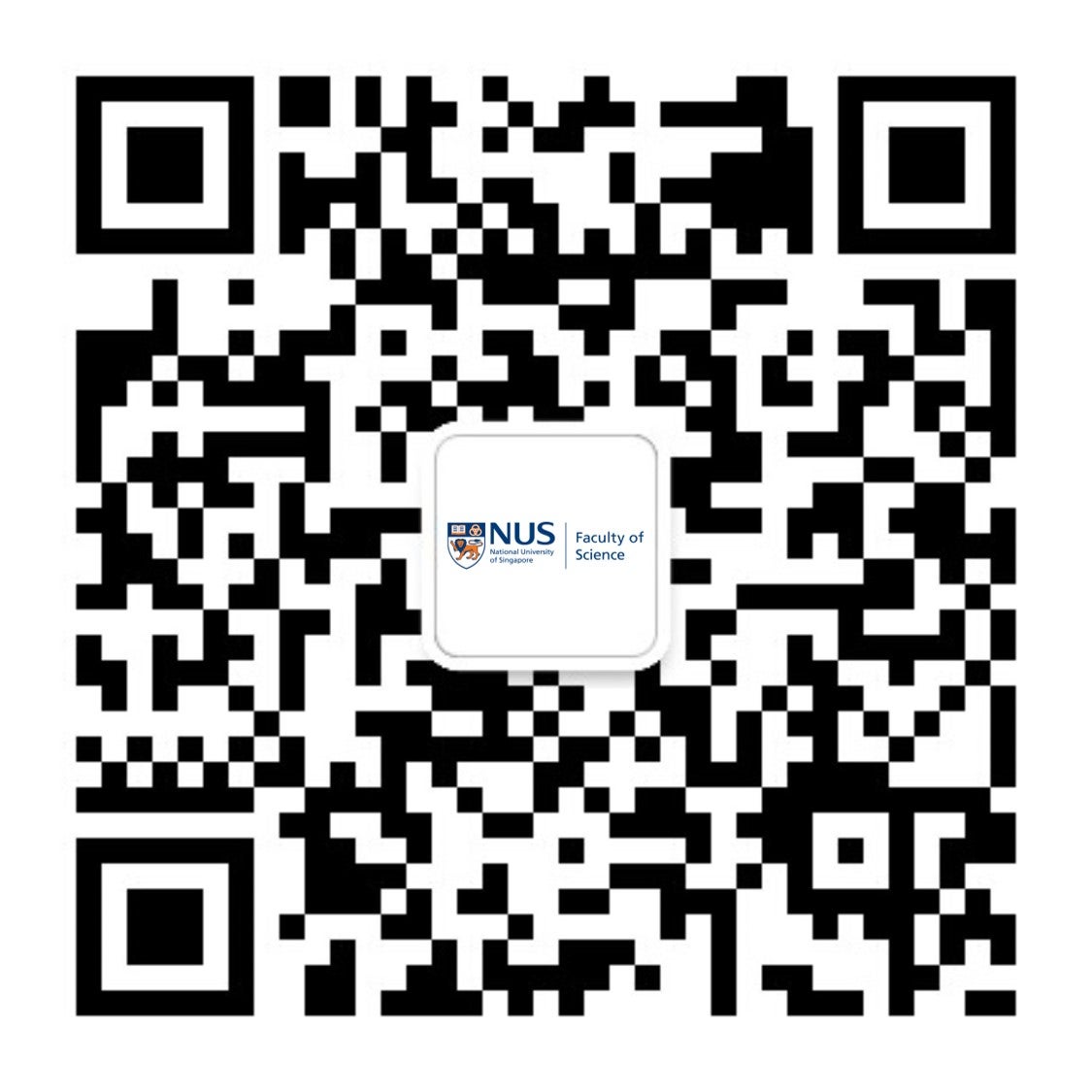From harm to healing
April 17, 2025
Many neurological conditions are complex and difficult to diagnose. Treatment options are limited and many patients lack access to effective therapies.
It is in this area that Biological Sciences PhD graduate (2024) Dr Christabel Chan hopes to make a difference. Through her work in the toxinological sciences, Christabel investigated how to target receptor subtypes with precision, utilising toxins and venoms made by living organisms, in the hope of developing a drug lead for Alzheimer’s or Parkinson’s.

Three-finger toxins are a major family of snake venom toxins, containing neurotoxins that antagonistically inhibit postsynaptic nicotinic acetylcholine receptors (nAChRs). The main challenge for designing treatments and drugs to target nAChRs is the ubiquity of receptors in the body and the numerous subtle differences in receptor subtypes. nAChR-targeting drugs also have high potential of side effects.
In her study, Christabel used mutants of Erabutoxin, a strong neurotoxin which targets muscle nAChR, to investigate intramolecular selectivity between the two binding sites within the muscle-type nAChR. She observed a pattern of selectivity that enabled the toxin to target one subtype over another – findings which could advance the development of protein-based drugs for clinical treatments in the future.
She says, “Toxins are nature’s weapons and can be used as nature’s medicine. Due to their specific physiological purposes, they are great targets for ion channels, enzymes or biomolecules. When we understand toxins, we can engineer their functions for pharmacological purposes or modify their delivery such that what was once harmful can be healing.”

For her work, Christabel received the Overseas Research Immersion Award to join a structural biology laboratory at the University of California San Diego, where she had the opportunity to learn from scientists and graduate students on the structure and mysteries behind ion channel receptors.
She says, “My key learning takeaway from my graduate research journey is the importance of resilience in the face of failures and disappointment. When our hypothesis is lacking, finding the strength to find an alternative solution, and holding onto the hope that something will work out in the end, is the true training of a scientist.”


